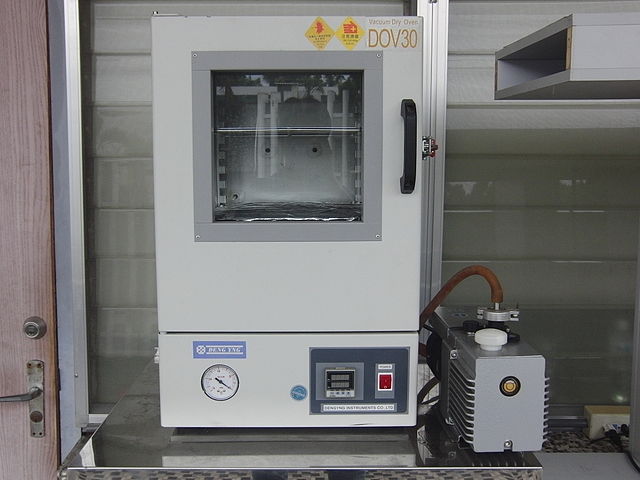
Laboratories the world over have a range of different pieces of equipment in them. One of those is the lab oven. However, this isn’t the type of over in which you cook your roast dinner. Rather, it is used for creating an environment in which thermal convection is needed. This includes baking polyimides, annealing, drying, and sterilizing, for instance. These ovens come in a wealth of sizes, depending on the needs of the lab.
All about Laboratory Ovens
There are a range of different styles of ovens in use today, although the most common are the pass-through, the natural or forced convection, and the horizontal airflow oven. Within medical laboratories, ovens are used to sterilize and dry glassware, although they can also be used for various other things.
A lab oven operates at a temperature much lower than those on industrial ovens, incinerators, or kilns. As a result, they usually aren’t fitted with refractory insulation. If an oven can reach higher temperatures, however, then this insulation will be included, ensuring the working environment is safe for operatives.
Lab ovens create a specific type of heat, depending on their models. Common types include radio frequency, natural gas, oil, microwave, dielectric, electric, propane, and induction. Each style is suitable for different applications, and the clinic or laboratory must choose the one that meets their particular drying or heating needs.
Besides the cabinet and benchtop ovens, which are quite small and the most commonly used, there are various other options available as well. The continuous oven, for instance, is perfect for batch drying and heating. Tube ovens, meanwhile, use refractory containers, which is a form of indirect heating. This means the material is heated from the outside only.
Then, there are vertical ovens, which refers not to the airflow, but to the oven’s shape. They save a lot of space, which is why they are popular. If a high volume of heating or drying has to be completed, for instance if the samples are very large, there are even truck-in and walk-in ovens, which are the size of a room.
In terms of controls, laboratory ovens are usually equipped with a set point system. However, as technology has developed, new models tend to have programmable controls. These ensure that the operator has a lot of flexibility, setting different temperatures for different periods of time. Usually, these programs have one touch operations and significant memory, so that different programs can be set as routines.
They also come with lots of different optional extras and accessories. These can be integrated into the oven, or they can be purchased separately at a later date. Common accessories include cooling systems, alarms, reporting and logging features, and air purification systems. Furthermore, there are lots of different sample holders and shelving systems to choose from. Almost every lab oven will have a requirement for some type of shelf, after all. All these accessories have been designed to ensure the specific drying and heating requirements of the lab can be used in an efficient manner.
Leave a Reply
You must be logged in to post a comment.